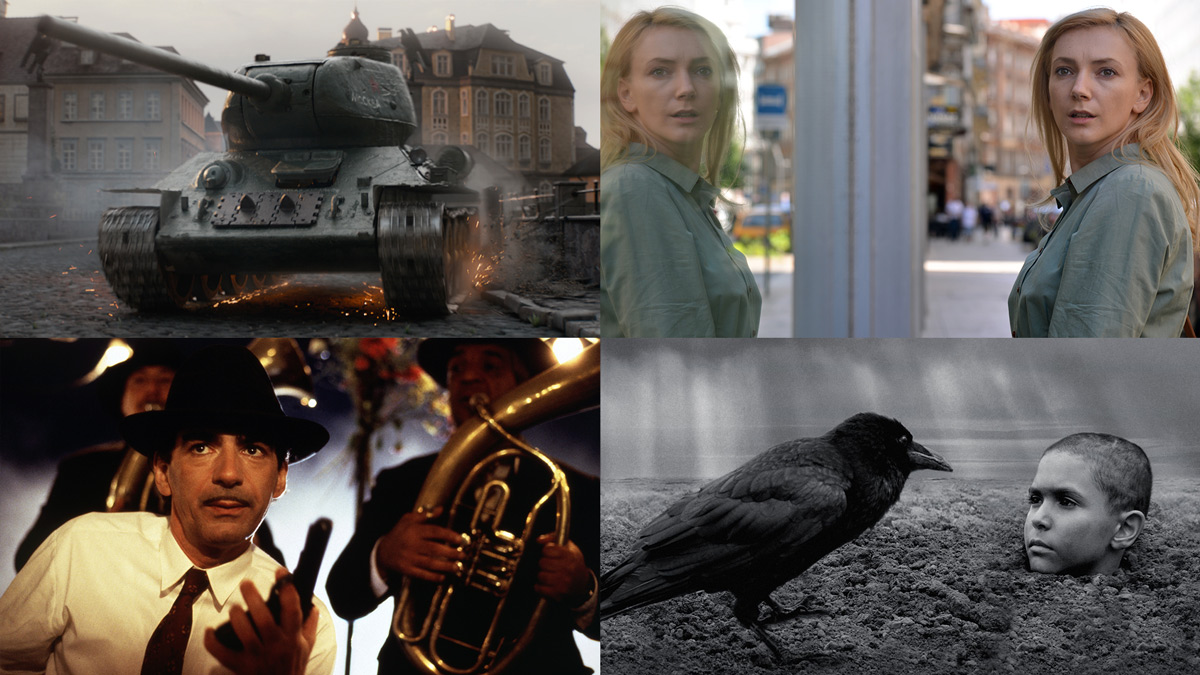
(c)Mars Media Entertainment, Amedia, Russia One, Trite Studio 2018 2017 (C) INFORG - M&M FILM COPYRIGHT @2019 ALL RIGHTS RESERVED SILVER SCREEN CESKA TELEVIZE EDUARD & MILADA KUCERA DIRECTORY FILMS ROZHLAS A TELEVÍZIA SLOVENSKA CERTICON GROUP INNOGY P UBRES RICHARD KAUCKY ( c)Photofest / Getty Images
6 Recommended Eastern European/Russian Movies: Tracing the memories of ethnic groups and war, leading up to ``The Painted Bird''
The shocking Czech-Slovak-Ukrainian co-production `` The Painted Bird '', which was shown in competition at the 2019 Venice International Film Festival and garnered a buzz comparable to `` Joker '' (2019), will finally be released in theaters in Japan. . In the past, films from the countries of the Soviet Union (including Russia itself) and Eastern European countries were ideologically and culturally influenced by the Communist Party of the Union. However, `` The Painted Bird'' is an epoch-making film that symbolizes the free expression and development of films in this region more than a quarter of a century after the collapse of the Soviet Union in 1991.
In this article, we will take the opportunity of the Japanese release of ``The Painted Bird'' to introduce six Eastern European and Russian films from the 1980s onwards. The works are unique, with a focus on works that deal with the European Eastern Front of World War II, which had a significant impact on the former Soviet Union and Eastern European countries.
Index
- 1. "Flame 628" (85) Soviet Union Director: Elem Klimov
- 2. "Underground" (1995) France, Germany, Hungary, Yugoslavia, Bulgaria co-production Director: Emir Kusturica
- 3. “Only the good are judged” (14) Russia Director: Andrei Zvyagintsev
- Four. “On Body and Soul” (17) Hungary Director: Ildiko Enyedi
- Five. "T-34 Legend of War" (19) Russia Director: Alexei Sidorov
- 6. “The Painted Bird” (19) Czech Republic/Ukraine Director: Václav Marhoğlu
1. "Flame 628" (85) Soviet Union Director: Elem Klimov
A 1985 Soviet film directed by Elem Klimov. However, since the author of the original novel, Aleshi Adamovich, is from Belarus, and the film is set in the Belarusian village where the Hatini Massacre took place, the film might have been made in Belarus if it had been after the collapse of the Soviet Union. The Japanese title comes from the massacre of 628 Belarusian villages by German soldiers.
The name of the country Belarus means White Russia. It was once called "White Russia," and the DVD subtitles at the beginning explain it as "White Russia under German occupation in 1943." The country borders Russia to the east and Poland to the west. Like Poland, it was located on the "passage route" between Germany's Berlin and Russia's Moscow, so it was destined to become embroiled in a war if the two superpowers of Germany and Russia collided.
The main character, a young boy named Fryola, volunteers to join the partisans, but the German army units slaughter the unresisting villagers one after another in retaliation for the attacks by the partisans. The way Fryora's face, which has had her entire family murdered and who herself experienced the fear of death, is carved with wrinkles that resemble an old man (through special make-up) leaves a strong impression.
The method of highlighting the violence and absurdity of war by depicting it from the perspective of an innocent child also applies to ``The Painted Bird .'' Another interesting connection is that Alexei Kravchenko, who played Fryora in his mid-teens at the time, appears in the film as a Soviet soldier who rescues the young boy at the end of The Painted Bird.
Although it accuses Nazi Germany of war crimes, it also subtly expresses resentment for the slaughter of innocent villagers in Belarus due to being sandwiched between powerful countries, which shows the complex national feelings of the Soviet Union's constituent countries. be seen.

